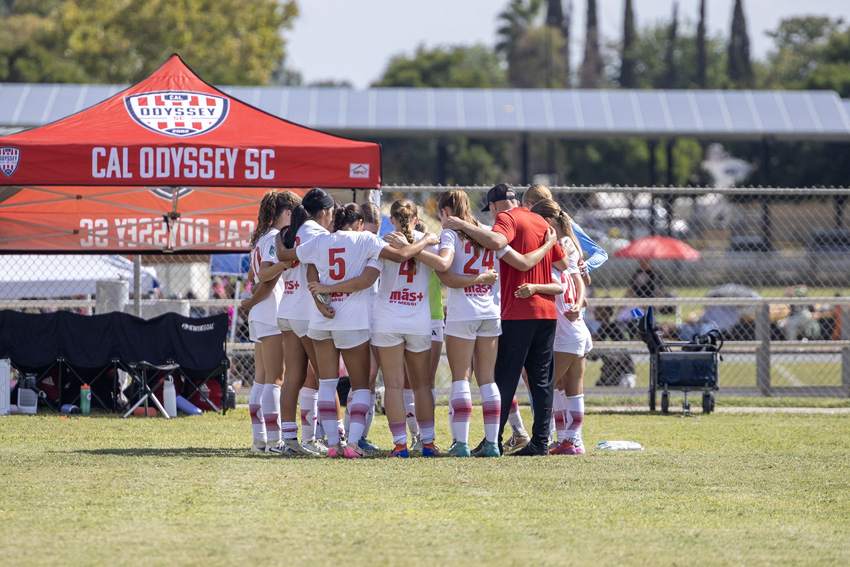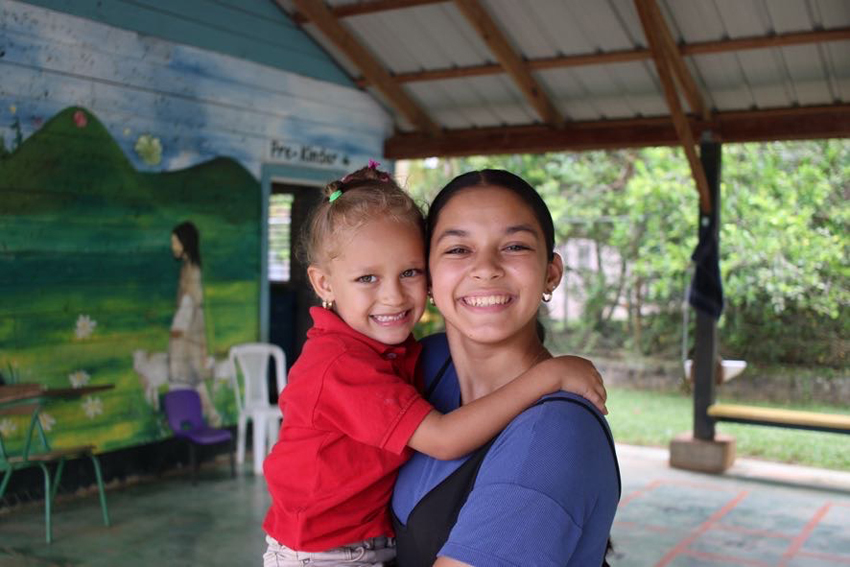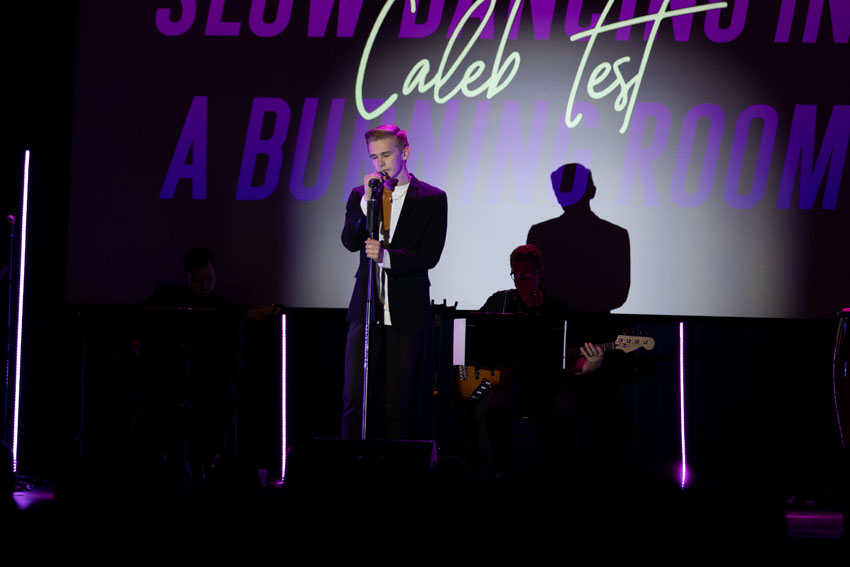Teenagers across the nation will feel the pangs of hunger this month. While fasting, students will strive to gain understanding of the world’s starving people.
For 30 hours, participants will share in the pain of the hungry around the world. The 30 Hour Famine begins at 1 P.M. on Feb. 27 in efforts to raise money for the starving.
Over 250,000 people die every week, 29,000 children a day and 604 every half-hour die of starvation. Seven million children die every year because of malnutrition. One out of every six children under 12 live in poverty solely in the U.S. [www.30hourfamine.org].
Living in the United States requires more than $1 to live on for a day. But for a starving child, a $1 bill is all they need to get through the day. 1.2B people live on less than $1 a day.
Sonny Martini, pastor to students at Clovis Evangelical Free Church, began participating in the 30 Hour Famine seven years ago. He believes there are three basic reasons students should be involved in the Famine.
“For one, it’s a way for students to actively make a world impact by raising money,” Martini said. “Two, it creates a world view. Three, it creates community for youth. When we suffer, it joins us together.”
Only $360 is needed to feed and care for a child for an entire year. Before the organized Famine, students will attempt to raise as much money as they can through donations and sponsors.
During the Famine, students go without food and get a taste of what it is like to starve. While persevering for 30 hours, they will participate in service projects in their community.
After the Famine, the money they have raised will go to places like Peru, Ethiopia and in the U.S.
The 30 Hour Famine is a division of World Vision that acts an international youth movement to combat world hunger. World Vision was founded in 1950 as a Christian humanitarian organization to serve the world’s poorest children and families in almost one hundred countries.
The organization aids others through: sponsorship, food and water supplies, education, health care, economic development, and emergency relief.
Students who raise at least $360 will be entered in the grand-prize drawing, the 2004 Famine Study Tour. This is trip on the World Vision medical ship that goes through Brazil. Jenn Gifford, the 2002 Study Tour Winner, saw firsthand how people are suffering.
“When I did the famine, I was shocked to find out what poverty really is,” Gifford said. “It’s teenagers who don’t get to hang out with their friends because they have to work all day to survive. It’s someone’s little brother or sister who didn’t get to eat today because there was no food for them.”
Gifford considers the Famine to be life changing to many different people.
“It’s fun, and you’ll have an awesome time with your friends,” Gifford said. “But you might be surprised? the Famine might actually change you more than anyone else” [30 Hour Famine 2004 Student Guide].
Matt Doyle, ’06, believes events like the Famine are needed to support the hungry.
“It is important to do the 30 Hour Famine so we can better understand starving kids and raise money for them,” Doyle said. “I hope that we can raise enough money to reduce the number of lives lost every day.”
Americans often take for granted the necessities of life. The Famine is geared toward giving a world perspective.
“We get to feel some of what children of third world countries feel,” Doyle said. “Students should do the Famine to get a better understanding of worldly problems, such as starvation.”
The Famine tends to create empathy between students and the starving nations of the world. Some students, after going hungry 30 hours, turn bitter.
“Some are very upset,” Martini said. “Sometimes they [students] are also very disappointed.”
Being angry is a likely response to hunger. Kristen Amerine, ’05, considers the knowledge of what having no food is like important.
“You realize how kids around the world who can’t afford food starve, and you see how they are so hungry,” Amerine said. “You realize how lucky you are to have the things you have and the food you eat.”
Participation in the Famine will most likely open students’ eyes to the pain of the starving.
“You see what children and people around the world face,” Amerine said. “You are put in their shoes of not being able to eat and feel the pain they are always in.”
Amerine believes students need to experience what the less fortunate do.
“You are at a better spot to understand starving peoples’ feelings,” Amerine said. “They are hungry, but they just have to keep going. They learn to live without food.”
?To feel as they feel’ is a phrase Pastor Martini likes to use to describe the Famine. He looks back on past Famines and laughs.
“Once we slept outside,” Martini said. “It was 30 degrees and freezing! It was the coldest I’ve ever been in my life!”
Involvement in service projects is not used as a tool to take one’s mind off of food.
“We do service projects to create awareness of the needs around us,” Martini said. “We are no more like Christ than when we serve.”
For more on the 30 Hour Famine, visit www.30hourfamine.org or www.worldvision.com.






